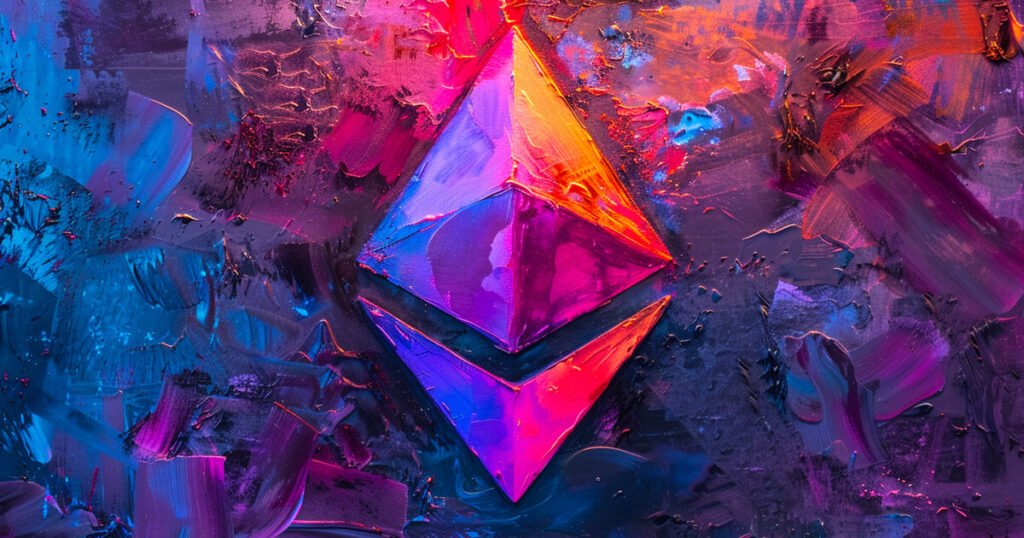The Ethereum network recently experienced a significant surge in transaction fees due to the introduction of BlobScriptions, a new type of transaction that allows users to inscribe NFT-like assets onto Ethereum’s blobs. The minimum gas price for a Blob transaction had been $0.01, but saw a staggering increase to almost $300 after the launch of BlobScriptions. Currently, the average Blob fee has decreased to around $6.57, or 13.97 gwei, according to Dragonfly’s analyst Hildobby.
BlobScriptions, similar to Bitcoin Inscriptions, enable users to inscribe images, texts, and tokens onto Ethereum’s blobs. Alex Thorn from Galaxy Digital described the situation as Ethereum creating a reduced fee environment for specific transactions, but people taking advantage of it to store images. More than 1,000 inscriptions were recorded within four hours of BlobScriptions being introduced, leading to a significant congestion in Blob transactions. The number of pending blobs in a block has increased by over 3,700%, with blob space utilization at 100%, showcasing the popularity of this new feature.
There are mixed opinions among stakeholders on the impact of BlobScriptions on Ethereum. Developer Daniel warned that the proliferation of these assets could lead to a surge in layer 2 network transaction fees due to increased congestion on the network. He highlighted the significant amount of on-chain resources wasted by a few bytes of data occupying 128kb of storage space. On the other hand, Christine Kim from Galaxy Digital believes that the exponential rise in Blob fees caused by BlobScriptions will eventually make it economically unfeasible to continue spamming blob space with inscriptions, leading to a return of the space for economically valuable activities.
The introduction of BlobScriptions has caused a stir in the Ethereum community, with some expressing concerns about the sustainability of this trend. The surge in Blob transactions and fees has highlighted the need for efficient management of network resources to ensure the smooth operation of Ethereum. As the network continues to evolve and adapt to new technologies and features, it will be crucial for developers and users to collaborate in optimizing the use of Ethereum’s resources for the benefit of the entire ecosystem.


